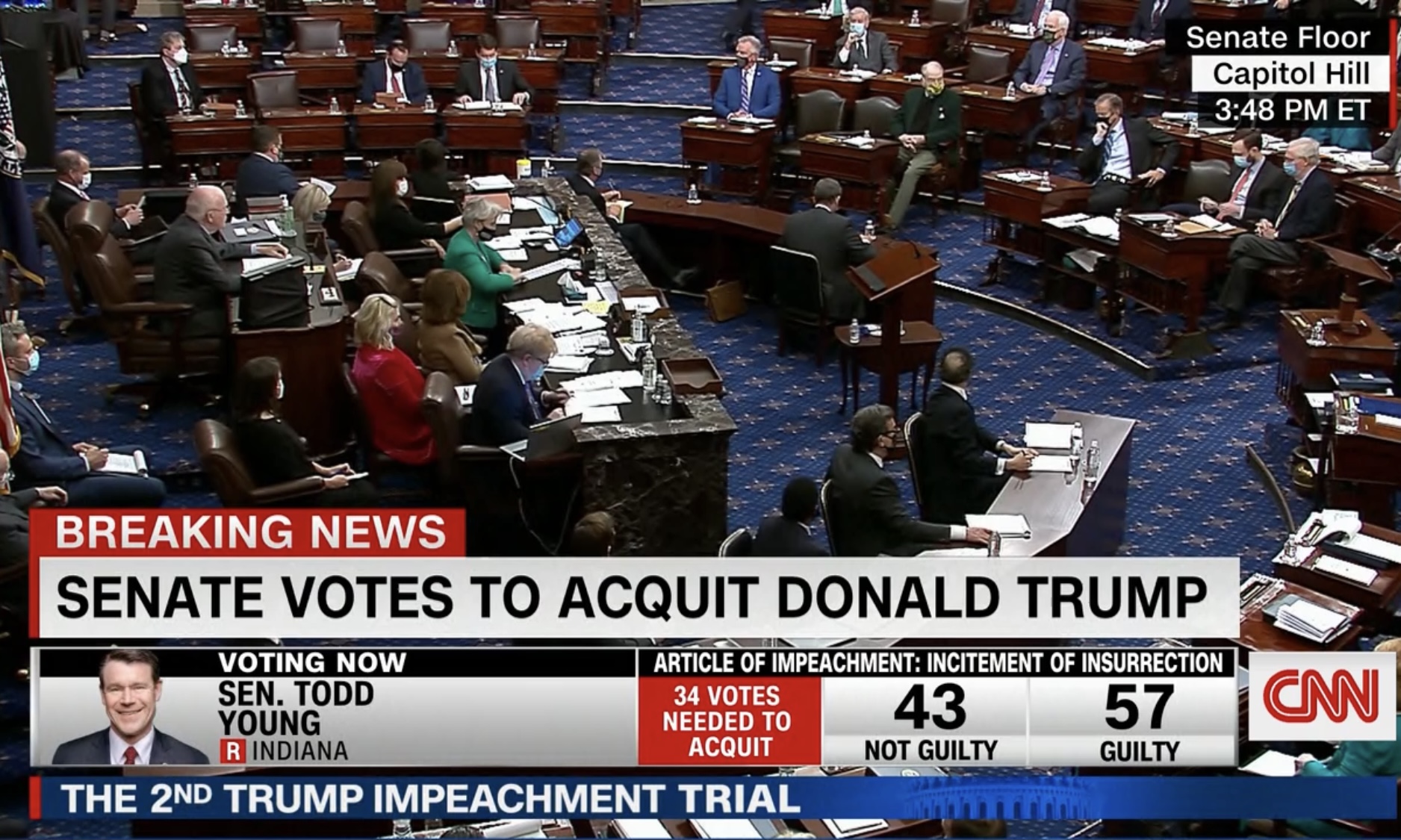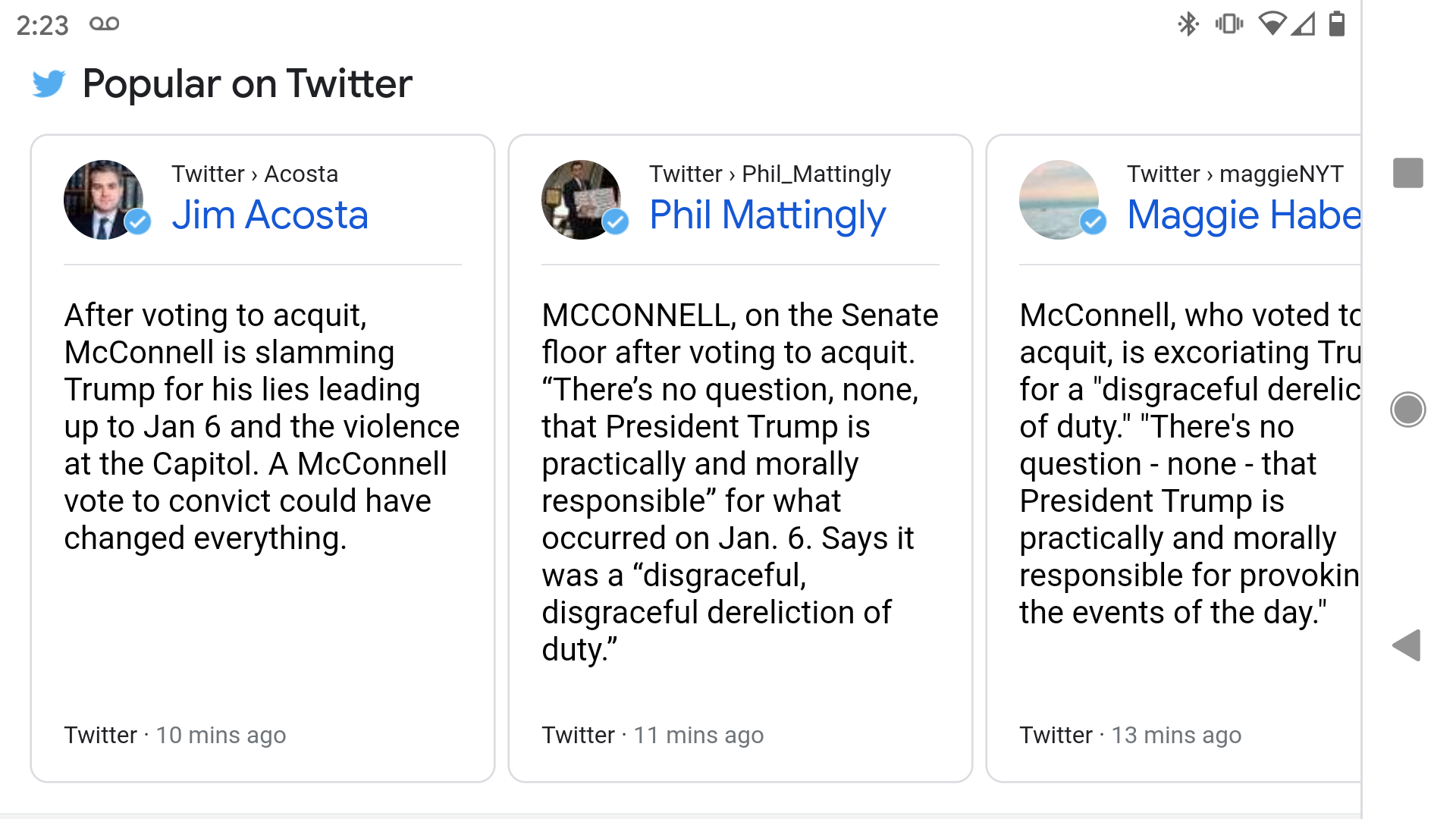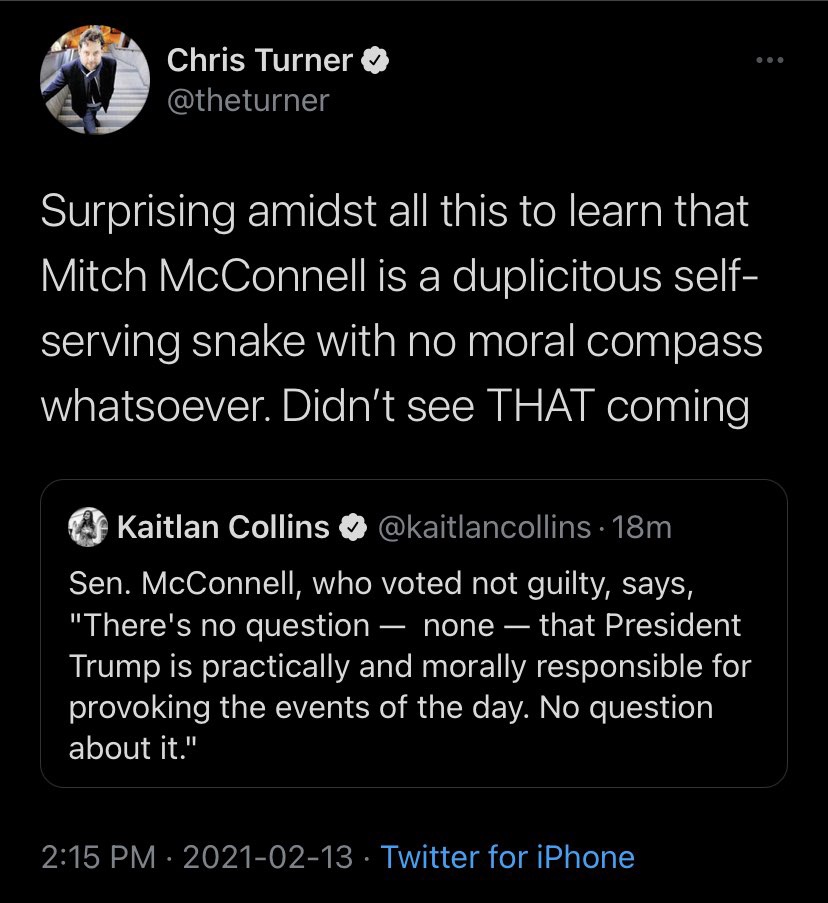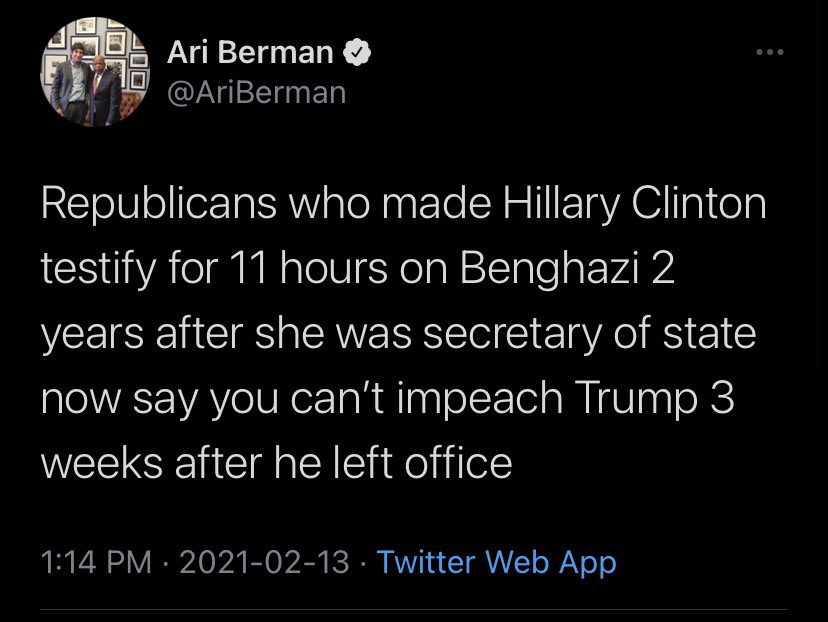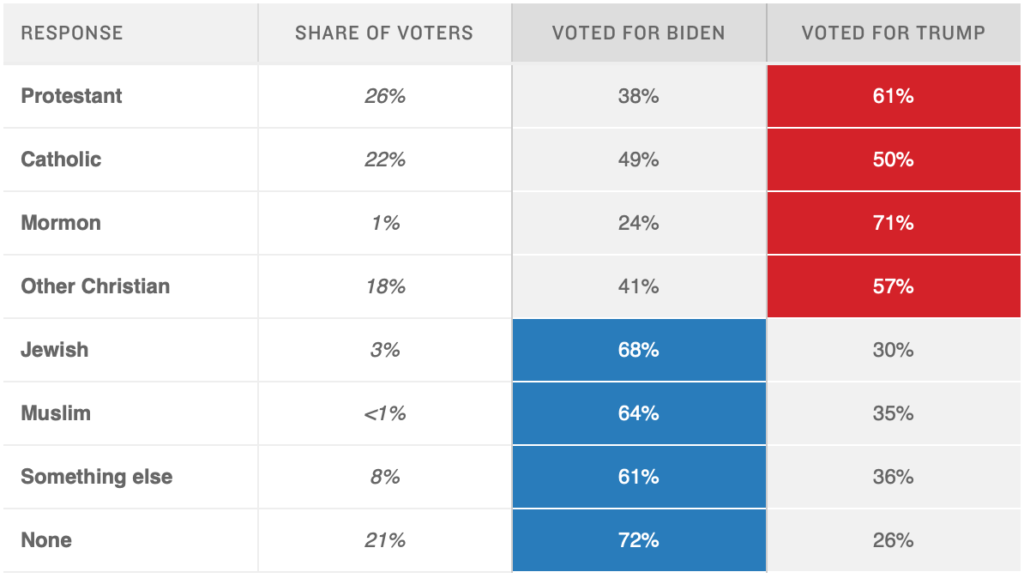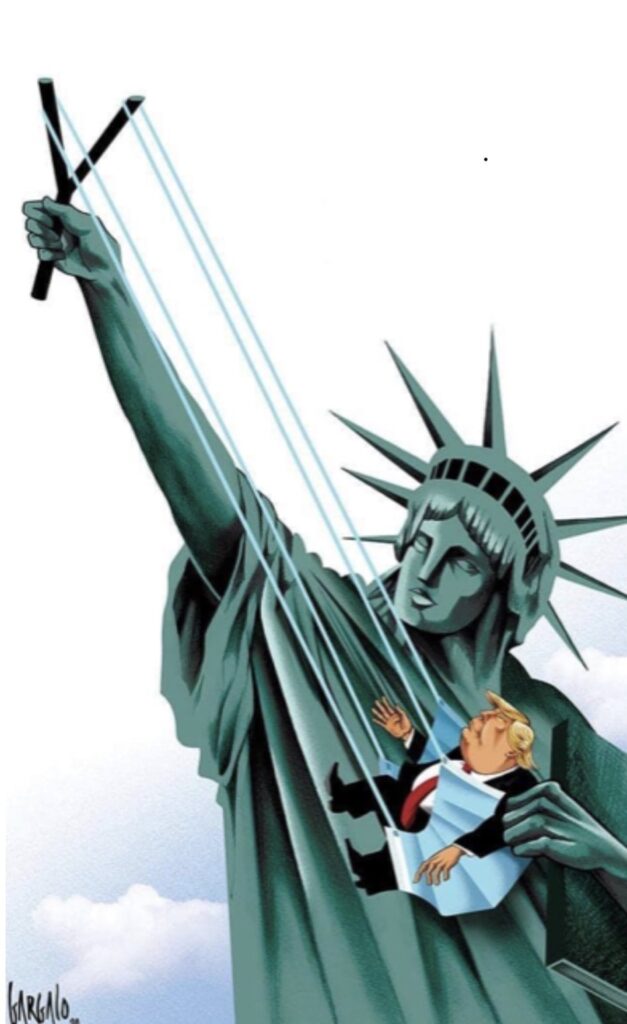Despite LDS church officials distancing themselves from fringe conspiracy theories and congratulating incoming President elect Biden, we still witness the embarrassment of a Mormon proudly participating in yesterday’s debacle and broadcasting their association with the church publicly by flying the “title of liberty” pictured above and cosplaying as a warrior from the Book of Mormon.
From Wikipedia:
Moroni [a character from the Book of Mormon] is associated with the “title of liberty”, a standard that he raised to rally the Nephites to defend their liberties from a group of dissenters who wanted to establish their leader as a king. Moroni was so angry with Amalickiah’s dissention and wicked influence that he tore his coat and wrote upon it, “In memory of our God, our religion, and freedom, and our peace, our wives, and our children.” With those words, he rallied his people to defend their families and their freedom and drive out the armies of Amalickiah. Moroni put to death any dissenters who did not flee and would not support the cause of freedom, and his ” title of liberty” was raised over every Nephite tower.
I guess I’m more disgusted by the so called Saints participating in this madness than others because of my background in the church and the sensitivity church members have with regard to fighting against the United States government. See also Articles of Faith: “12 We believe in being subject to kings, presidents, rulers, and magistrates, in obeying, honoring, and sustaining the law.”
There are lunatics within any large enough group of people, but I even know some — heck, am related to them — that would not surprise me to hear they went to this level. (By his body size, I certainly don’t think this is someone that I know.)
As I mentioned previously, it shocks me the level of support Mormons give Trump.
Update: These tweets sum it up for me:
